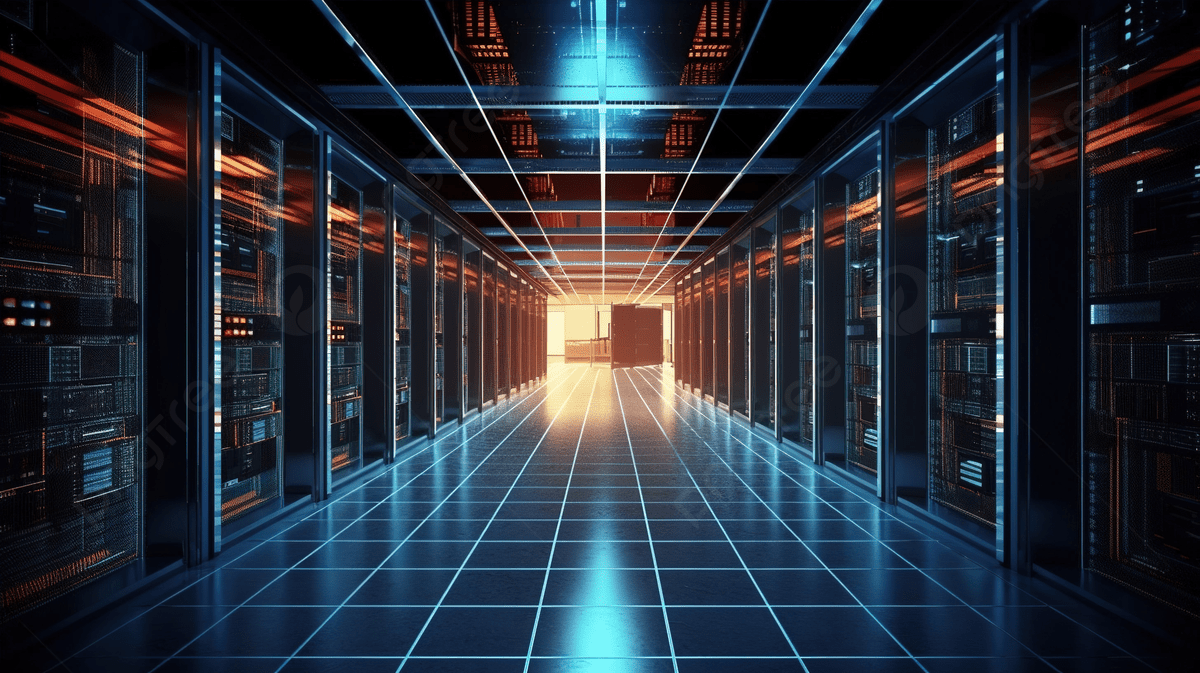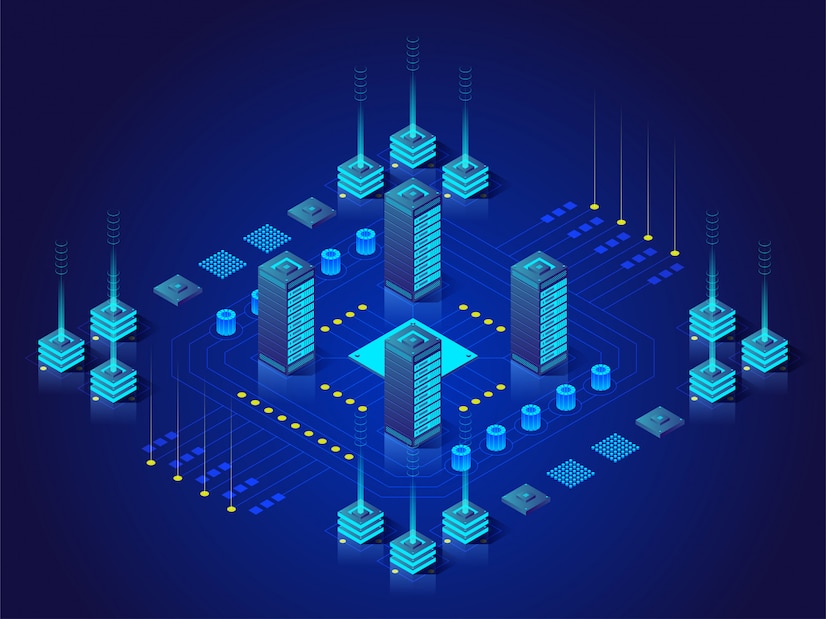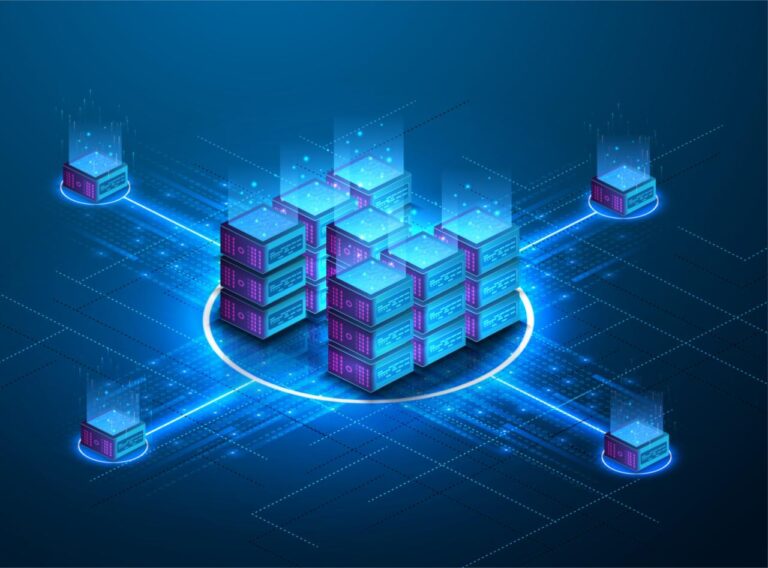The digital world is ceaselessly evolving, and at its core, the humble server is undergoing a profound transformation. We are on the cusp of an era where traditional server designs will give way to radically different architectures, optimized for the unprecedented demands of artificial intelligence, ubiquitous data, and an ever-expanding digital universe. Predicting the future server architectures isn’t merely an academic exercise; it’s about understanding the very foundation upon which the next generation of technological innovation will be built. This deep dive will explore the groundbreaking shifts, emergent technologies, and visionary concepts that are poised to redefine servers and propel us into a future of unimaginable computational power and efficiency.
The server of tomorrow won’t just be faster; it will be fundamentally smarter, more adaptable, and intrinsically integrated into a highly distributed and specialized computing fabric. This evolution is driven by the relentless pursuit of performance, the imperative of energy efficiency, and the need to process, analyze, and store data at scales that dwarf today’s capabilities. As we peer into the future, we’ll uncover how the building blocks of computing are being reimagined to meet these colossal challenges.
Why Servers Must Evolve

The current server architectures, while incredibly powerful, are beginning to hit fundamental physical and economic limits when faced with the demands of emerging workloads. Several key forces necessitate a radical evolution:
A. Exponential Data Growth: The sheer volume of data generated globally from IoT devices, social media, scientific research, and enterprise applications continues to explode. Traditional architectures struggle to process and store this deluge efficiently.
B. The AI and Machine Learning Revolution: AI workloads, particularly deep learning model training and inference, require specialized, highly parallel processing capabilities that are fundamentally different from general-purpose computing. Current server designs often bottleneck these processes.
C. Energy Consumption and Sustainability: Data centers are massive energy consumers. The relentless pursuit of higher performance often comes with increasing power demands, driving an urgent need for more energy-efficient and sustainable server architectures.
D. Latency Sensitivity: Emerging applications like autonomous vehicles, real-time augmented reality, and industrial automation demand ultra-low latency, pushing computing closer to the source of data generation (the edge).
E. Cost and Total Cost of Ownership (TCO): As organizations scale their infrastructure, minimizing the TCO – encompassing hardware, power, cooling, and management – becomes paramount, driving innovation in efficiency and operational simplicity.
F. New Computing Paradigms: The exploration of quantum computing, neuromorphic computing, and other exotic paradigms promises capabilities that classical servers cannot achieve, necessitating integration or new foundational designs.
A Glimpse into Tomorrow’s Servers
The future server will be characterized by extreme specialization, radical disaggregation, and intelligent orchestration.
A. Disaggregated and Composable Infrastructure:
This is perhaps the most fundamental shift, breaking down the monolithic server into its constituent components and allowing them to be dynamically reassembled.
- Resource Pooling:
- Separate Pools for Compute, Memory, Storage, and Accelerators: Instead of having fixed amounts of CPU, RAM, and local storage within each server, these resources will exist as vast, independent pools within the data center.
- Dedicated Interconnects: Ultra-high-speed, low-latency interconnects (e.g., optical fabrics, CXL) will link these pools.
- Dynamic Composition and Recomposition:
- Software-Defined Assembly: Software will intelligently and dynamically compose “virtual servers” or computing instances on the fly by drawing the exact amount of CPU, memory, storage, and accelerators needed from the respective pools.
- Flexibility and Efficiency: If a workload suddenly needs more memory but not more CPU, it can instantly acquire it without physically migrating a whole server or wasting CPU cycles. This dramatically improves resource utilization and efficiency.
- Benefits:
- Ultimate Flexibility: Resources can be provisioned and de-provisioned precisely as needed.
- Higher Utilization: Reduces “stranded” resources (e.g., a server with underutilized CPU but saturated RAM).
- Simplified Upgrades: Components can be upgraded independently, rather than replacing entire servers.
B. Specialized Accelerators as First-Class Citizens:
The dominance of general-purpose CPUs will wane as specialized processing units become core to server design.
- Ubiquitous AI Accelerators:
- More Advanced GPUs: Next-generation GPUs will offer even greater parallelism, larger HBM capacities, and deeper integration of AI-specific cores (e.g., Tensor Cores, Transformer Engines).
- Proliferation of ASICs and NPUs: Application-Specific Integrated Circuits (ASICs) and Neural Processing Units (NPUs) designed for specific AI tasks (e.g., inference for large language models, computer vision) will become common, offering extreme efficiency for their intended purpose.
- Domain-Specific Architectures (DSAs): Beyond AI, we’ll see more specialized chips tailored for specific workloads like data analytics, cybersecurity, or scientific simulations.
- Data Processing Units (DPUs):
- Offloading Infrastructure: DPUs (also known as SmartNICs) will become standard components, taking over critical infrastructure tasks (networking, storage, security, virtualization) that traditionally consume CPU cycles. This frees the main CPU/accelerators to focus purely on application workloads, significantly boosting overall server performance and efficiency.
- Security at the Edge: DPUs can also provide a secure hardware root of trust and isolate workloads, enhancing security.
C. Photonics and Optical Interconnects:
Light-based communication will supersede traditional electrical signaling in many areas due to its speed and efficiency.
- Inter-Chip and Intra-Chip Communication: Optical interconnects will facilitate ultra-high-bandwidth, low-latency communication between chips on a server board and potentially even within chips, enabling tighter integration of diverse processing elements.
- Rack-Scale and Data Center-Scale Fabric: Photonics will form the backbone of disaggregated architectures, creating a seamless, high-speed fabric connecting vast pools of compute, memory, and storage across entire racks and even within data centers, overcoming electrical signaling limitations.
- Lower Power Consumption: Optical transmission consumes significantly less power over distance compared to electrical signals, contributing to overall data center energy efficiency.
- Co-Packaged Optics: Integrating optical transceivers directly into processor packages will drastically reduce power consumption and latency at the chip level.
D. Processing-in-Memory (PIM) and In-Memory Computing:
Moving computation closer to or directly into memory to drastically reduce data movement, a major bottleneck.
- Hybrid Memory Cubes: Specialized memory modules that integrate compute logic directly within the memory stack, allowing certain operations to be performed right where the data resides.
- Persistent Memory (PMem) Evolution: Non-volatile memory technologies that offer RAM-like speed with data persistence will become more common, accelerating in-memory databases and data-intensive applications by eliminating the need to load data from slower storage after a restart.
- Near-Data Processing: This concept reduces the need to constantly move data between CPU and memory, saving energy and latency for data-intensive AI and analytics workloads.
E. Advanced Cooling Integration:
As server densities and power consumption soar, cooling solutions will become an integral part of server design.
- Ubiquitous Liquid Cooling: Direct-to-chip liquid cooling and full immersion cooling will become standard for high-performance servers, especially those packed with GPUs and specialized AI accelerators, enabling higher power densities and greater energy efficiency.
- Integrated Cooling within Racks: Server racks will be designed from the ground up with integrated liquid distribution and heat exchange systems, making cooling an inherent part of the physical architecture rather than an add-on.
The Ecosystem of Software, Orchestration, and Operations

Hardware innovation must be matched by a corresponding evolution in software and operational paradigms.
A. AI-Powered Orchestration and AIOps:
- Autonomous Data Centers: AI and machine learning will manage and optimize almost every aspect of the server infrastructure, from workload placement and resource allocation to power management and predictive maintenance.
- Self-Optimizing, Self-Healing Systems: Servers and entire data centers will become largely autonomous, dynamically adjusting to demand, detecting and mitigating issues, and self-healing in real-time without human intervention.
- Predictive Analytics: AI will leverage vast telemetry data to predict component failures, performance bottlenecks, and security vulnerabilities before they occur, enabling proactive action.
B. Software-Defined Everything (SDx) Extends:
- Universal Programmability: Nearly every aspect of server hardware and its interconnections will be programmable via software, allowing for extreme flexibility and dynamic configuration.
- Infrastructure as Code (IaC) Dominance: IaC will be the primary method for defining, deploying, and managing server infrastructure, ensuring consistency, repeatability, and agility.
C. Quantum-Integrated Computing:
- Hybrid Architectures: While full-scale universal quantum computers are still some time away, future server architectures will likely include specialized modules for quantum acceleration, operating in tandem with classical components for specific, intractable problems (e.g., molecular simulations, complex optimization).
- Quantum Cloud Services: Access to quantum capabilities will primarily be via cloud services, with the physical quantum servers managed by specialized providers.
D. Neuromorphic Computing Integration:
- Brain-Inspired Efficiency: Servers will incorporate neuromorphic chips, inspired by the human brain, for ultra-low power consumption on certain AI tasks, particularly real-time inference at the edge or for continuous learning.
- Event-Driven Processing: These chips process information based on “spikes” or events, leading to highly efficient sparse computations, ideal for sensory data processing.
The Impact of Future Server Architectures
These predicted changes will have profound impacts across industries and our daily lives.
A. Unprecedented Performance and Efficiency:
- Accelerated AI and Research: Breakthroughs in drug discovery, materials science, climate modeling, and fundamental scientific research will be dramatically accelerated by the new computational capabilities.
- Real-Time Everything: Ultra-low latency will enable truly real-time applications across autonomous vehicles, AR/VR, smart cities, and critical infrastructure, where instantaneous decision-making is vital.
- Cost Reduction: Increased efficiency in power, cooling, and resource utilization will lead to significant reductions in the total cost of ownership for data centers.
B. Greater Customization and Specialization:
- Workload-Optimized Infrastructure: Instead of general-purpose servers, organizations will deploy highly specialized server architectures tailored precisely to the unique demands of their specific applications (e.g., dedicated generative AI servers, highly efficient edge AI inference nodes).
- Vertical Integration by Hyperscalers: Leading cloud providers will continue to deepen their vertical integration, designing their own chips and server designs optimized for their massive cloud infrastructure.
C. Enhanced Sustainability:
- Net-Zero Digital Footprint: The relentless focus on energy efficiency, renewable energy integration, and circular economy principles will significantly reduce the environmental impact of the digital economy.
- Resource Optimization: Disaggregated architectures will maximize resource utilization, reducing waste and the need for constant hardware over-provisioning.
D. Democratization of Advanced Computing:
- Cloud as an Enabler: The cloud model will continue to democratize access to these highly advanced and expensive server architectures, making powerful computing available on demand to a broader range of businesses and researchers.
Challenges on the Horizon
Realizing these future server architectures is not without significant hurdles.
A. Engineering Complexity:
- Designing Disaggregated Systems: Building reliable, high-performance, and manageable interconnects for disaggregated compute, memory, and storage is an immense engineering challenge.
- Integrating Diverse Components: Seamlessly integrating highly specialized accelerators, optical components, and potentially quantum/neuromorphic elements within a cohesive server architecture is complex.
B. Software Development and Compatibility:
- Re-architecting Software: Existing software and operating systems will need significant re-architecture to fully leverage disaggregated, composable, and specialized hardware.
- New Programming Models: Developers will need new programming models and tools to efficiently utilize processing-in-memory, photonic interconnects, and quantum/neuromorphic accelerators.
C. Cost of Innovation and Investment:
- Research and Development: The upfront investment in researching and developing these cutting-edge technologies is immense, requiring significant capital from chip manufacturers, server vendors, and cloud providers.
- Adoption Costs: The cost of implementing and migrating to these new architectures will be substantial for early adopters.
D. Supply Chain Evolution and Geopolitics:
- New Manufacturing Processes: The move to new materials, advanced packaging, and optical components will require new, highly specialized manufacturing processes.
- Global Dependencies: The complexity of these architectures will likely increase reliance on a highly specialized global supply chain, potentially exacerbating geopolitical tensions around technology.
E. Talent Gap:
- Highly Specialized Skills: The demand for engineers and researchers with expertise in quantum physics, photonics, advanced materials science, AI hardware, and disaggregated architectures will grow exponentially, creating a significant talent gap.
F. Security Challenges:
- New Attack Surfaces: Disaggregated and highly interconnected architectures introduce new security challenges and potential attack surfaces that need to be addressed.
- Firmware and Hardware Security: Ensuring the security of the underlying hardware and firmware will be even more critical due to the increased complexity and specialization.
Conclusion
The future server architectures predicted are not simply an extension of today’s technology; they represent a fundamental reimagining of what a server is and how it functions. Driven by the relentless demands of AI, big data, and the imperative for sustainability, tomorrow’s servers will be characterized by extreme specialization, radical disaggregation, and intelligent, autonomous orchestration. While the journey will be fraught with engineering complexities, economic hurdles, and new security challenges, the potential rewards are immense: an era of unprecedented computational power, efficiency, and intelligence that will accelerate scientific discovery, transform industries, and redefine the very fabric of our digital existence. The evolution is ongoing, and the server of tomorrow promises to be truly extraordinary.



